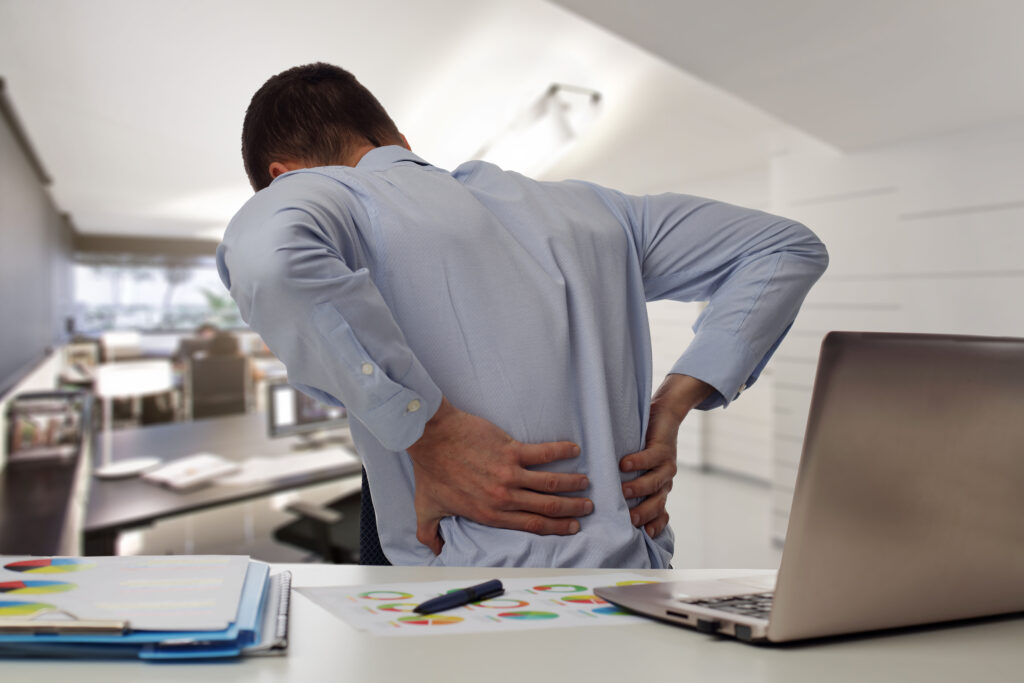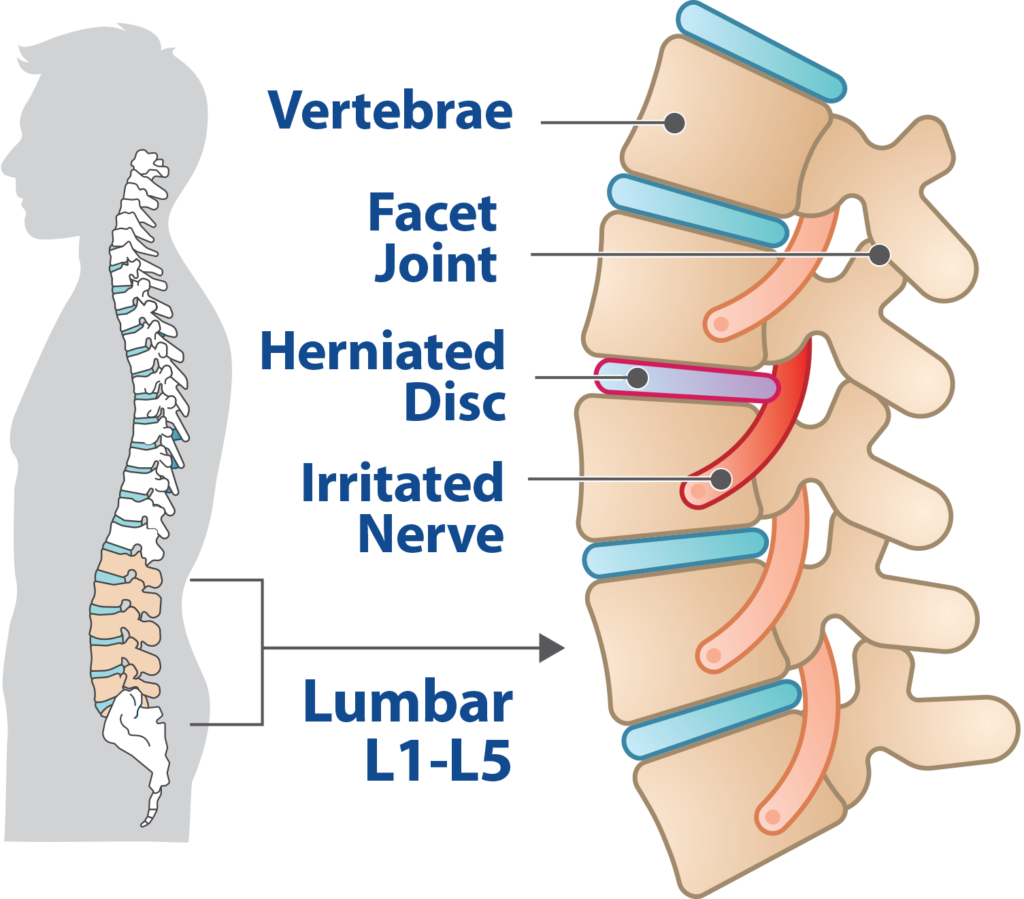Articles by Laxmaiah Manchikanti, MD
and Mahendra Sanapati, MD

What Do You Know About Low Back Anatomy?
Low back and lower extremity pain are the most common chronic pain problems. The low back is known as the lumbosacral region of the spine with 5 lumbar vertebrae labeled from L1 to L5 and one S1 vertebral body. They are between the thoracic, or chest, region of the spine and the sacrum. Lumbosacral vertebrae are connected by 2 facet joints on each side which allow for forward and backward extension as well as twisting movements. Facet joints may cause pain due to degeneration, arthritis, sprain, and strain.

In addition to the facet joints at each vertebral level, there is a disc in between the vertebrae providing support. The discs are like jelly donuts. These discs in the lumbar region are most likely to degenerate, bulge, protrude, or herniate and may irritate nerves causing low back and lower extremity pain.
The spinal cord mostly ends at T12 and L1 where the thoracic spine meets the lumbar spine. From there on, nerve roots branch out from the spinal cord forming what is known as the cauda equina or horse’s tail. Arthritis can develop in any part of the spine including the facet joints, leading to spinal stenosis or facet joint arthritis. The lumbar spine includes an intricate network of muscles, tendons, and ligaments that provide support and movements. These tissues can become strained and produce spasm causing low back pain, hip pain, groin pain, and occasionally leg pain associated with stiffness.
